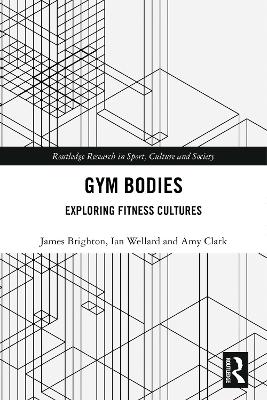Routledge Research in Sport, Culture and Society
2 total works
Drawing on empirical research, this fascinating new book explores the embodied experiences of 'gym goers' and the fitness cultures that are constructed within gyms and fitness spaces.
Gym Bodies offers a personal, interactive, ethnographic account of the multiplicity of contemporary gym practices, spaces and cultures, including bodybuilding, CrossFit and Spinning. It argues that gym bodies are historically constructed, social, sensual, emotional and political; that experience intersects with multiple embodied identities; and that fitness cultures are profoundly important in shaping the body in wider contemporary culture.
This is important reading for students, tutors and researchers working in sport and exercise studies, sociology of the body, health studies, leisure, cultural studies, gender and education. It is also a valuable resource for policy makers and practitioners within the fields of sport, leisure, health and education.
This groundbreaking work explores masculinity and the body within sports. Sports continue to retain expectations for presentations of specific forms of masculinity. The body is central to these presentations. These everyday bodily performances are rehearsed and performed either successfully or unsuccessfully - and the consequences of these actions play a significant part in the ability of the individual to continue to take part. Through participant observations, sporting life-history interviews (with over forty men) and research with children, this book examines the ways in which 'appropriate' sporting masculinities are learned and enacted to varying degrees of success. Wellard highlights the social processes which impact upon individual constructions and formulations of masculine identity and reviews these in relation to broader debates on gender, embodiment and sporting participation. This book contributes not only to the academic fields of sport and gender, but also to the efforts to confront continued forms of 'accepted' gender discrimination.

